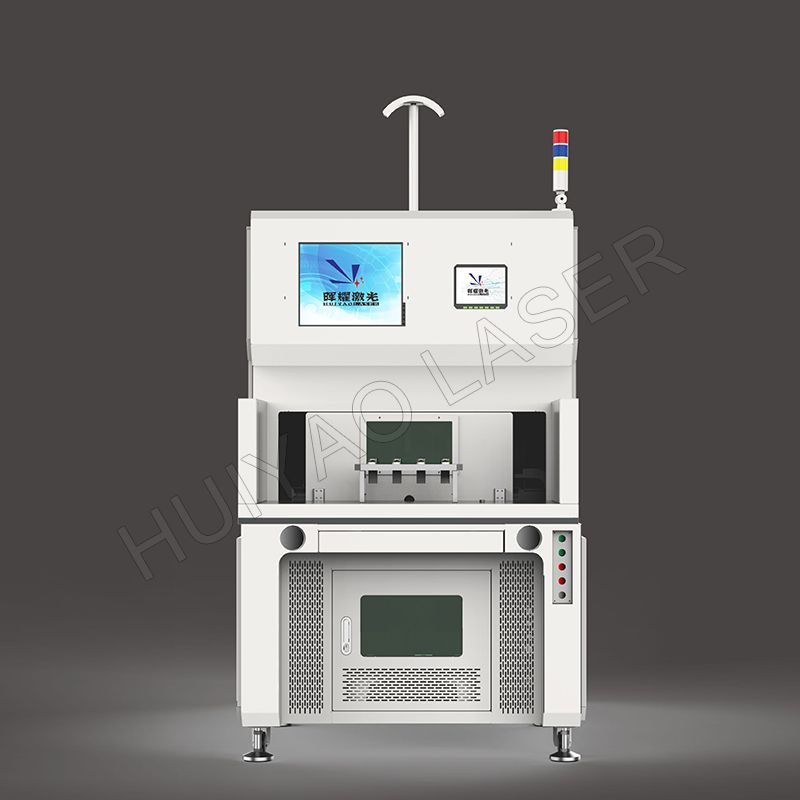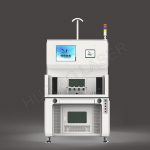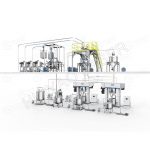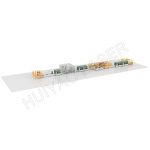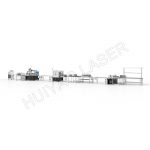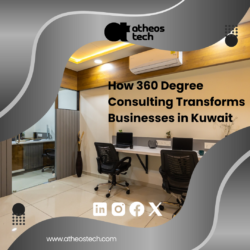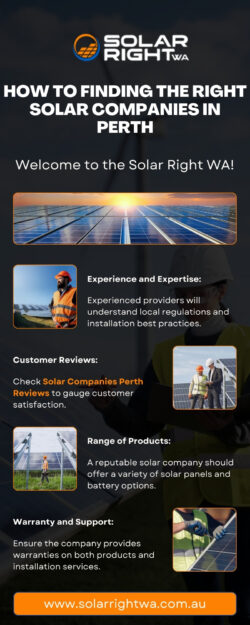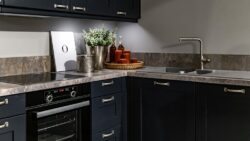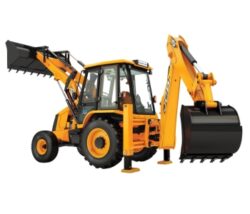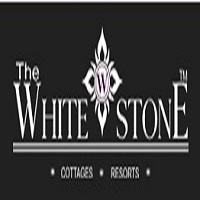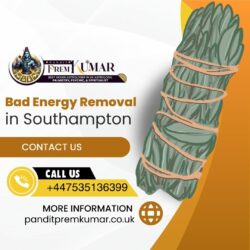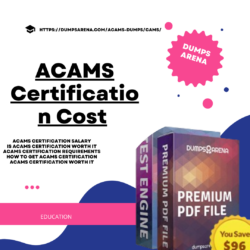Blade lithium battery laser welding machine
Blade lithium battery laser welding machine
Product Description
Blade lithium battery laser welding machine has high equipment utilization rate which can weld a variety of products for blade lithium battery module or packs
High utilization rate of equipment, can weld a variety of products;
Easy to replace, modular design, can quickly replace the fixture;
High positioning accuracy, simple operation, CNC programming or teaching method, easy to understand;
Blade lithium battery laser welding machine technical parameter
Model
HY-1000w-6000w
Laser source
1000w-6000w
XYZ Travel
customized
R Axis
Optional, 360° rotation
Position Accuracy
±0.02mm
Repeatability Accuracy
±0.01mm
Motion Source
Servo motor
Max Speed
500mm/s
Cooling Method
Water cooling
Electricity Demand
customized
Laser Wavelength
1080nm
Observation Syatem
CCD system
Gas Protection
Optional, Argon, Nitrogen
Environmental Requirements
No vibration, interference and ventilation
Welding Penetration
0.1~3.0mm
Fixture
customized
MOQ
1 set
Functions:
1. Battery tab welding
The tabs are usually divided into three materials. The positive electrode of the battery is made of aluminum, and the negative electrode is made of nickel or nickel-plated copper. In the manufacturing process of power batteries, one of the links is to weld the battery tabs and poles together. In the production of the secondary battery, it needs to be welded together with another aluminum safety valve. Welding not only needs to ensure a reliable connection between the lug and the pole, but also requires smooth and beautiful weld seams.
2. The power battery shell and the cover plate are sealed and welded
The casing materials of the power battery include aluminum alloy and stainless steel (stainless acid-resistant steel), among which aluminum alloy is used more, generally 3003 aluminum alloy, and a few use pure aluminum. Stainless steel is a laser weldable material, especially 304 stainless steel, whether it is pulsed or continuous laser, it can obtain welds with good appearance and performance.
The laser welding performance of aluminum and aluminum alloys (melting point 660°C) varies slightly depending on the welding method used. Except for pure aluminum and 3-series aluminum alloys, there is no problem with pulse welding and continuous welding, and continuous laser welding is used for other series of aluminum alloys to reduce crack sensitivity. At the same time, according to the thickness of the power battery shell, choose a Lithium Battery Laser Welding Machine with appropriate power (referring to the amount of work done by the object in unit time). Generally, when the shell thickness is less than 1mm, you can consider using a single-mode laser within 1000W. Use more than 1000W single-mode or multi-mode laser.
More details please visit: www.hyenergymachine.com
